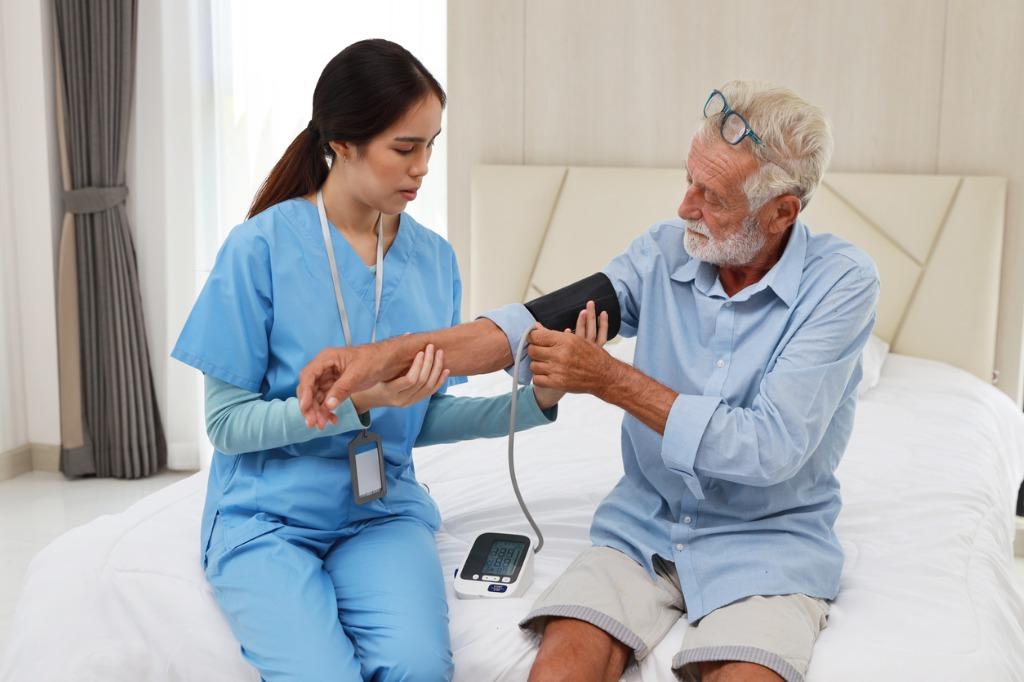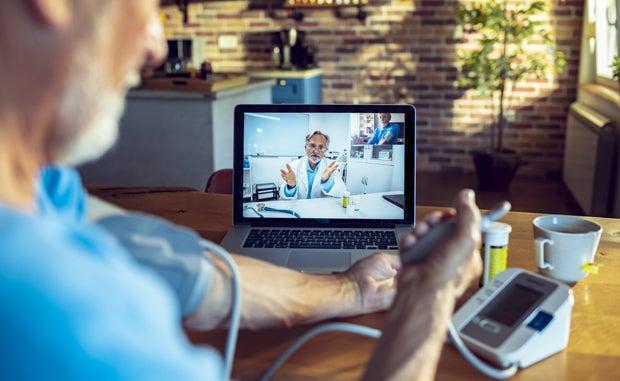How COVID-19 Changed Care Home Careers Forever
In March 2020, the world was abruptly thrust into an unprecedented health crisis that challenged every aspect of society, leaving no stone unturned. Among the sectors most profoundly affected was the care home industry, where the daily rhythms of compassion and support collided with the harsh realities of a pandemic. Suddenly, the dedicated individuals who had long anchored this invisible yet vital sector found themselves at the frontline of a global emergency, navigating uncharted waters filled with fear, uncertainty, and an overwhelming demand for resilience. As the dust begins to settle, it becomes clear that the implications of COVID-19 have not merely altered the operational protocols of care homes—thay have transformed the very fabric of careers within this field. From evolving job roles and heightened safety measures to a renewed emphasis on mental health and well-being,the journey of those who work in care homes has been irrevocably reshaped. In this article, we delve into the multifaceted changes brought about by the pandemic, exploring how they have redefined what it means to work in this noble profession and what the future holds for care home careers moving forward.
Reimagining Health and Safety Protocols in Care Homes
The pandemic prompted a critical reassessment of existing health and safety protocols within care homes, leading to the development of innovative strategies tailored to protect both residents and staff.These enhancements focus on fostering a safer environment through more rigorous measures,such as:
- Increased Sanitation Procedures: Routine disinfection of high-touch surfaces and regular deep cleaning protocols.
- personal Protective Equipment (PPE): Standardization and widespread use of PPE for all staff members, ensuring compliance with national health guidelines.
- Visitor Policies: Development of new visitation protocols to minimize the risk of infection while still supporting resident wellbeing.
- Telehealth Integration: Enabling remote consultations to reduce onsite visits and exposure.
Moreover, these new protocols have led to the creation of comprehensive training programs aimed at equipping staff with the necessary skills to manage health risks. The focus has shifted towards holistic safety training, including:
- Infection Control Education: Training staff on the latest infection prevention and control measures.
- Crisis Management Drills: Regularly scheduled drills to prepare staff for potential health emergencies.
- Emotional Support Initiatives: Programs to help staff cope with the psychological impacts of the pandemic.
As we move forward, new metrics will be established to assess the effectiveness of these changes, ensuring they continually meet the evolving needs of care home environments. HereS a quick look at potential evaluation metrics:
| Metric | Purpose | Frequency |
|---|---|---|
| Infection Rates | Monitor outbreaks and identify patterns | Monthly |
| Staff Training Completion | Evaluate training effectiveness and compliance | Quarterly |
| Resident Satisfaction Surveys | Assess wellbeing and engagement levels | Biannually |

Embracing Technology: A New Era of Remote Care and Communication
The landscape of care home careers has experienced a profound transformation, driven largely by an increased reliance on technology. This shift has introduced innovative tools that enable caregivers to deliver better and more efficient services to residents.By utilizing platforms for virtual care, professionals have expanded their ability to connect with both residents and their families. some of the most impactful technologies include:
- Telehealth Solutions: Virtual medical consultations allow residents to recieve healthcare from the comfort of their homes.
- Remote Monitoring Devices: Wearable technology enables real-time health tracking, alerting caregivers to any changes in condition.
- Communication apps: Digital platforms facilitate regular updates between caregivers and family members, ensuring an enhanced support system.
Moreover, the integration of these technologies has fostered a culture of collaboration among care teams, enabling them to share insights instantly and coordinate care more effectively. As an inevitable result, care homes have adopted a more holistic approach to well-being that prioritizes not only physical health but also emotional and social engagement. Below is a brief overview of how these advancements have reshaped key aspects of care:
| Aspect | Before COVID-19 | After COVID-19 |
|---|---|---|
| Resident Monitoring | In-person checks | Automated alerts |
| Family Communication | Occasional visits | Frequent video calls |
| Staff coordination | Face-to-face meetings | Online collaboration tools |

The Shift Towards Mental health Support for Care Home Staff
The pandemic has served as a powerful catalyst for recognizing the need for mental health support for care home staff. With the unprecedented pressures brought on by COVID-19, caregivers faced challenges that not only tested their physical endurance but also their emotional resilience. Consequently, many organizations found themselves re-evaluating their approach to employee well-being, shifting focus to create environments where mental health is prioritized.This shift has led to the implementation of comprehensive support systems that include:
- Regular mental health training to equip staff with coping mechanisms.
- access to counseling services where professionals can provide guidance and support.
- Peer support groups that facilitate sharing experiences and fostering community.
- Flexible scheduling that accommodates personal needs and reduces burnout.
Moreover, care home operators are increasingly adopting policies that promote a culture of openness and understanding around mental health issues.This includes regular surveys to gauge staff well-being and address concerns proactively. In some cases, facilities are establishing dedicated teams to focus solely on mental health initiatives, illustrating the growing recognition that supporting caregiver mental health directly impacts the quality of care provided to residents. A recent survey indicated that organizations prioritizing mental health saw a 25% reduction in staff turnover and a significant improvement in job satisfaction:
| Policy Change | Impact |
|---|---|
| Flexible Work Hours | Reduce Stress Levels |
| On-site Mental Health Resources | Improved Staff Morale |
| Employee Assistance Programs | Increased Retention Rates |

Building Resilience: Training and Development for Future Challenges
The experience of the COVID-19 pandemic has been a pivotal moment for care home professionals, accelerating the need for enhanced training and development programs. As the sector grapples with evolving challenges, reshaping skillsets and building resilience has become imperative.Organizations are now placing a strong emphasis on comprehensive training modules that not only focus on clinical skills but also incorporate emotional intelligence, crisis management, and infection control. This multifaceted approach fosters a workforce better equipped to navigate future uncertainties and meet the diverse needs of residents.
Moreover, the integration of technology has transformed how training is delivered.Virtual reality (VR) and online simulations are more prevalent, creating immersive learning experiences that prepare staff for real-life situations without the risk to residents.The table below illustrates key areas of focus for training initiatives in care homes post-COVID,highlighting the shift in priorities:
| Training Areas | Description |
|---|---|
| Infection Control | Protocols to prevent disease transmission. |
| Crisis Management | Strategies for emergency preparedness and response. |
| Psychological Resilience | Tools for stress management and mental well-being. |
| Communication Skills | enhancing interactions with residents and families. |
In Summary
As we reflect on the profound shifts brought about by COVID-19 in the landscape of care home careers, it becomes clear that the pandemic was not merely a challenge but also an possibility for reinvention. The resilience and adaptability of those working within care homes have paved the way for innovative practices and a deeper understanding of the critical role these professionals play in society.
The lessons learned during this unprecedented time—emphasizing compassion, technology integration, and enhanced health protocols—will continue to shape the future of caregiving. As we move forward, the commitment to creating a supportive, skilled, and compassionate workforce remains paramount.
In a world forever altered by the pandemic,let us embrace the changes that have emerged,fostering an environment where care home careers can thrive and evolve. By acknowledging both the struggles and the triumphs, we honor those who dedicate their lives to caring for others, ensuring that the legacy of their hard work is not only remembered but built upon for generations to come.
